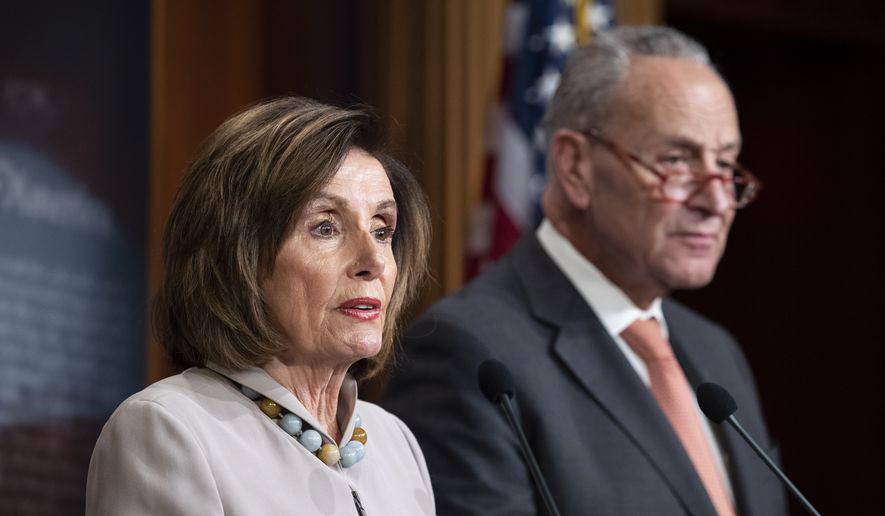OPINION:
Americans want paid family leave. But they’re not ready to say “and hang the cost”; they want paid family leave that’s accessible and affordable.
The program proposed in S.463, the Family Act, would be neither.
According to a recent analysis from the Congressional Budget Office, the Family Act would create yet another unfunded federal entitlement program that fails to meet the majority of workers’ needs — most notably, those of lower-income workers.
Just one year after beginning to pay benefits, the costs of the Family Act’s new federal program would exceed its revenues. Because the Family Act relies on a new payroll tax and a trust fund like Social Security, policymakers would quickly face a tough choice: either ration benefits — restricting who qualifies, limiting the length of leave, or reducing benefit levels — or significantly raise taxes.
The Family Act creates a new 0.4 percentage point payroll tax, paid in equal parts by workers and employers.
But as the CBO notes, and as economists widely concur, employers will reduce workers’ wages to cover the new tax. Lower wages also mean less tax revenue for the federal government — $42 billion less over 10 years, according to the CBO analysis.
As it turns out, the price of this program — which is being marketed as “a cup of coffee a week” — could quickly end up costing families a tank of gas a week instead. It’s simple math.
Let’s set aside the Family Act’s $27 billion in administrative costs and $42 billion in lost federal tax revenues.
Now, an average worker who makes $50,000 a year will contribute $200 in payroll taxes. Based on the FAMILY Act’s 66% wage replacement, and an average leave length of seven weeks, 22 workers would have to pay into the system for every one worker who gets to take leave. That means fewer than 5% of workers could take leave, but somewhere between 12% and 25% of workers report having a need to take leave in any given year.
So, to actually pay for the leaves workers would be entitled to take under the Family Act, policymakers would need to raise taxes significantly — more than doubling the payroll tax rate over just the first six years.
And still, the CBO projects the program would only cover a little over 40% of workers’ paid family leave needs. Paying for the leaves that workers want to take would cost the average worker closer to $1,500 or more per year.
Evidence from existing government programs suggests that low-income workers would be the least likely to receive benefits. In part, that’s because they can’t get by on partial benefits — someone making $15 per hour, $600 per week — probably can’t pay their bills with the Family Act’s $396 per week benefit.
The ill-fated, regressive nature of government paid family leave programs is troubling.
In California, the highest-income workers are five times more likely than the lowest-income workers to receive government benefits. New Jersey’s program has been characterized as “simply unaffordable, even for middle-class families.”
In Norway, attempts to help low-income workers through higher benefit levels “had no measurable effect on outcomes and poor redistribution properties” as “the extra leave benefits amounted to a pure leisure transfer, primarily to middle and upper income families.”
While government paid-leave programs are costly and fail to meet many workers’ needs, that doesn’t mean policymakers can do nothing to help workers and families gain paid family leave.
One measure that would particularly help lower-income workers is the Working Families Flexibility Act, which would simply allow employers to offer their hourly workers a choice between “comp time” and pay when they work overtime. And when the government imposes fewer taxes and regulations, workers are better able to take leave, and employers are better able to pay them during it.
⦁ Rachel Greszler is a research fellow specializing in economics and entitlements in The Heritage Foundation’s Hermann Center for the Federal Budget.




Please read our comment policy before commenting.